- My Bookings
- Add Your Review
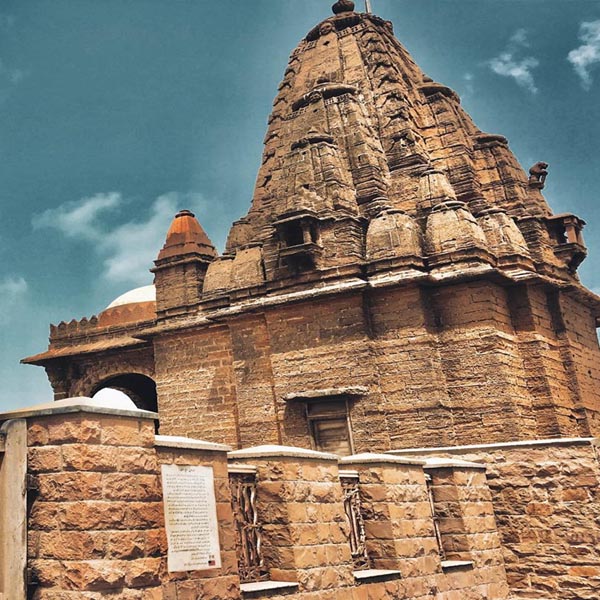
The 400-year-old Varun Dev Temple in Manora Beach, Karachi, has recently reopened its doors to visitors. This historic temple holds deep cultural and religious significance, serving as a sacred site for worshippers and tourists alike. Visitors can also contribute a donation to support the maintenance and preservation of this ancient landmark.
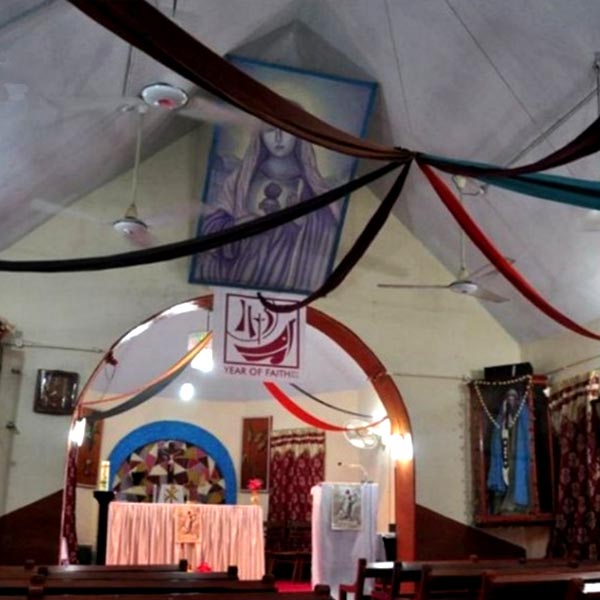
The St. Anthony Church in Manora, Karachi, originally an Anglo vernacular school dating back to the late 19th century, was converted into a church in 1922 to accommodate the growing local Christian population. With its limestone construction and sloping roof, the church stands as a historic landmark, embodying the diverse cultural and religious heritage of Manora Island. Notably, the church is open exclusively on Sundays.
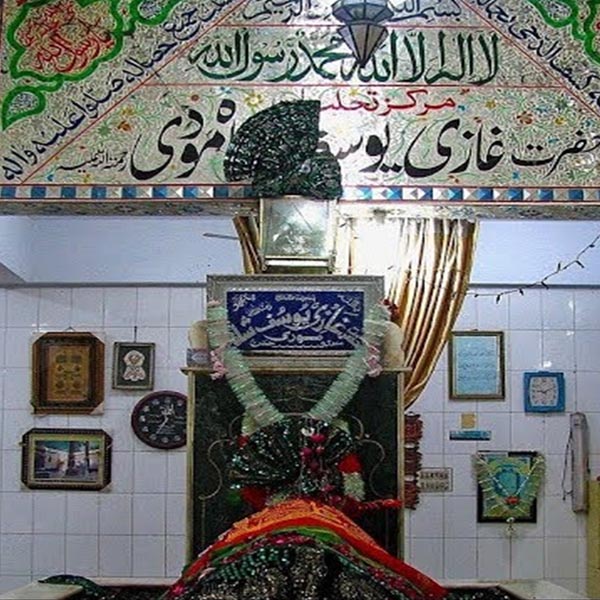
The tomb of Hazrat Yousuf Shah on Manora Island is a revered site, drawing thousands of devotees and believers from various backgrounds. Constructed with mesmerizing mirror art architecture, it stands as a symbol of Sindh’s rich cultural heritage. Welcoming visitors of all faiths, this sacred shrine, with a history spanning over 1200 years, exudes a serene atmosphere, offering solace and tranquility to all who visit.
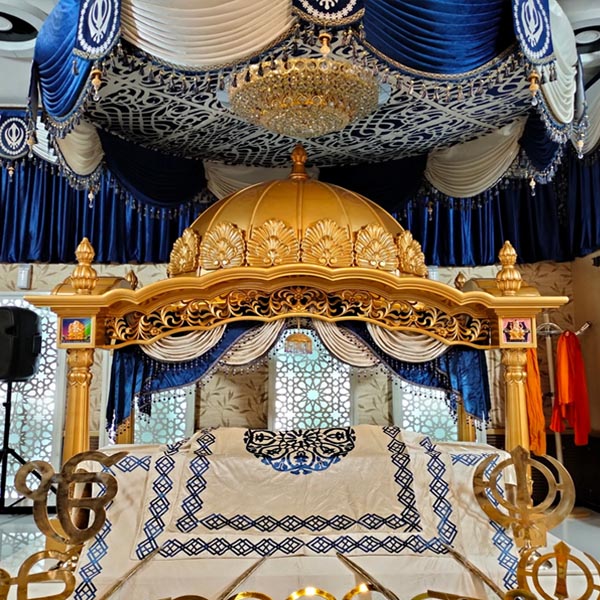
Situated in the midst of the sea, within the Manora area, is the revered Guru Nanak Darbar, constructed in the year 1871. Today, it stands as a testament to the enduring spiritual heritage of the Sikh community and eagerly awaits visitors to experience its rich history and profound significance.
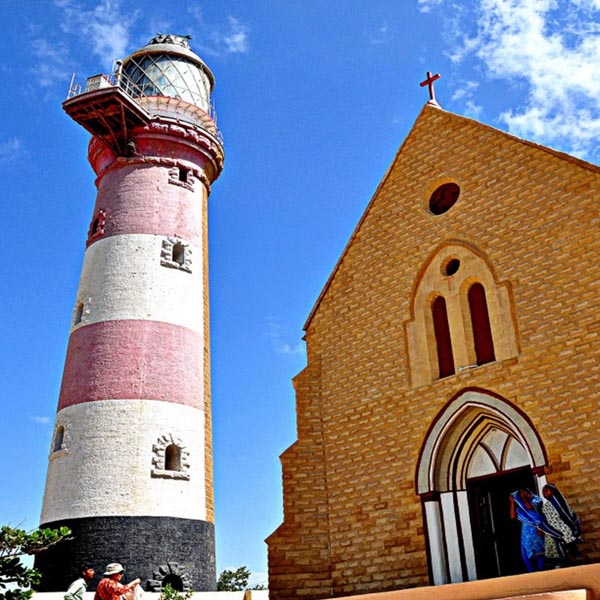
The Light House, proudly standing as the fourth tallest lighthouse in Pakistan, was erected in 1851. This towering beacon serves as both a symbol of maritime history and a guiding light for sailors navigating the coastal waters. Its storied past and impressive stature make it a notable landmark along Pakistan’s coastline. Access to the LIGHT HOUSE requires permission from the Karachi Port Trust (KPT).
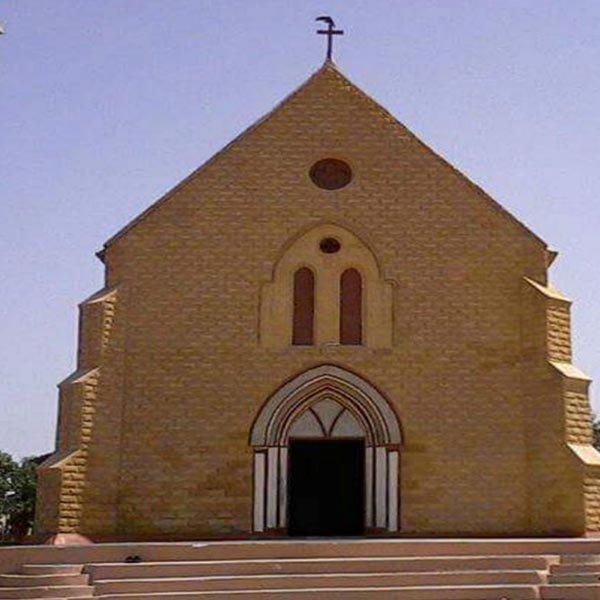
St. Paul’s Church, built in 1864 in Manora, Karachi, stands as a poignant memorial to General Charles James Napier, who led the British forces in conquering Sindh in 1843. Managed by the Karachi Port Trust, this Protestant church features an Early English architectural style and boasts a cathedral-style wooden truss ceiling. Recently restored in 2008, it remains a cherished heritage site, preserving over a century of spiritual and historical significance.